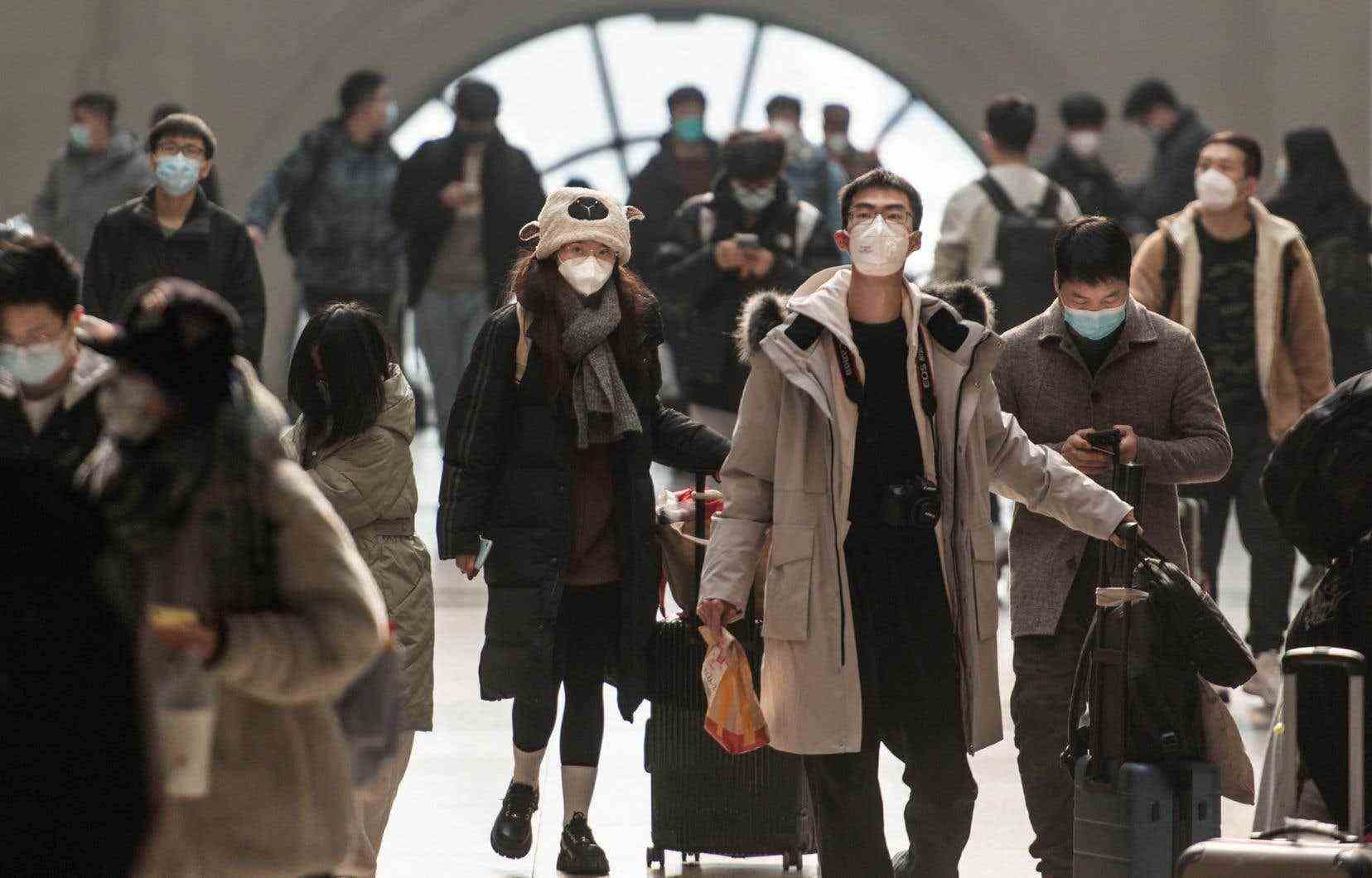The number of COVID-19 patients is exploding in Beijing, Chinese authorities said on Monday, after the sudden and drastic easing last week of health restrictions that until then allowed the country to contain the epidemic.
At the beginning of December again, in Beijing, only a minority of Chinese knew a relative who had been infected. But in recent days, the opposite seems to be happening, according to numerous publications on social networks and the findings of AFP.
In the Chinese capital, the authorities indicated on Monday that more than 22,000 patients had visited the “fever” departments of Beijing hospitals the day before, 16 times more than the previous Sunday.
“The trend of the rapid spread of the epidemic in Beijing is still there,” Li Ang, spokesman for the city’s health department, told reporters.
“The number of consultations for fever and flu has increased significantly, and the number of calls […] to the emergency room has increased sharply. »
China announced on Wednesday resounding relaxations to its strict “zero COVID” health policy, which consisted of doing everything to avoid contamination and death.
The government had notably decided to end large-scale confinements and to stop the systematic placement of people who tested positive in quarantine centers – decried establishments, with very variable comfort.
It is also no longer mandatory to present a negative COVID test to travel to another province. A decision applied overnight.
Out of stock
In this context, the Ministry of Health reported on Monday 8626 new local cases of people who tested positive.
A figure in sharp decline, but totally underestimated, because PCR tests are no longer compulsory and individuals only rarely inform the authorities of their positive self-tests, carried out in the privacy of their homes.
It has been difficult since last week to find medicine for colds and fever in pharmacies in Beijing. The same phenomenon is repeated with the self-tests.
People have been stocking up in anticipation of an epidemic wave that now threatens the millions of unvaccinated older people.
According to messages on social networks, peaks of infection would also affect smaller cities such as Baoding in Hebei province or Dazhou in Sichuan, with overwhelmed hospitals and out of stock medicines.
AFP was not immediately able to verify these claims.
Another sign that China definitely seems to want to get out of its “zero COVID” policy: it announced on Monday the shutdown of the main national anti-COVID travel tracking application.
Called the “Travel Map”, it was based on telephone boundaries and allowed its users to show their interlocutors (hotel, building, store) the cities they had visited during the last seven days.
If none of these places was classified as “high risk”, the application displayed a green arrow, synonymous with authorized passage.
The “Travel Map”, under the responsibility of the government, will be deactivated from Tuesday morning at midnight, according to an official press release.
New era
It evolved in parallel with local applications, which continue to be required to enter restaurants, stores and buildings.
“Ciao ciao! All this signals the end of an era, ”responded a user of the Weibo social network on Monday.
China is now entering an era of cohabitation with the coronavirus.
But it is difficult to know to what extent it is ready to face the current wave of contamination. To justify the “zero COVID” strategy, authorities had often argued that hospitals risked being overwhelmed if relaxed.
One of the leading figures in the fight against COVID in China, respiratory disease specialist Zhong Nanshan, said on Sunday that the Omicron variant was “spreading rapidly” in the country.
Economically, the air sector seems to be benefiting from the lifting of restrictions.
The number of flights at Beijing’s two main airports is expected “in the near future” to reach 70% of what it was in 2019, state broadcaster CCTV said on Monday.
Currently, the number of international flights is equivalent to 6.68% of the 2019 level, according to the specialized site VariFlight.
